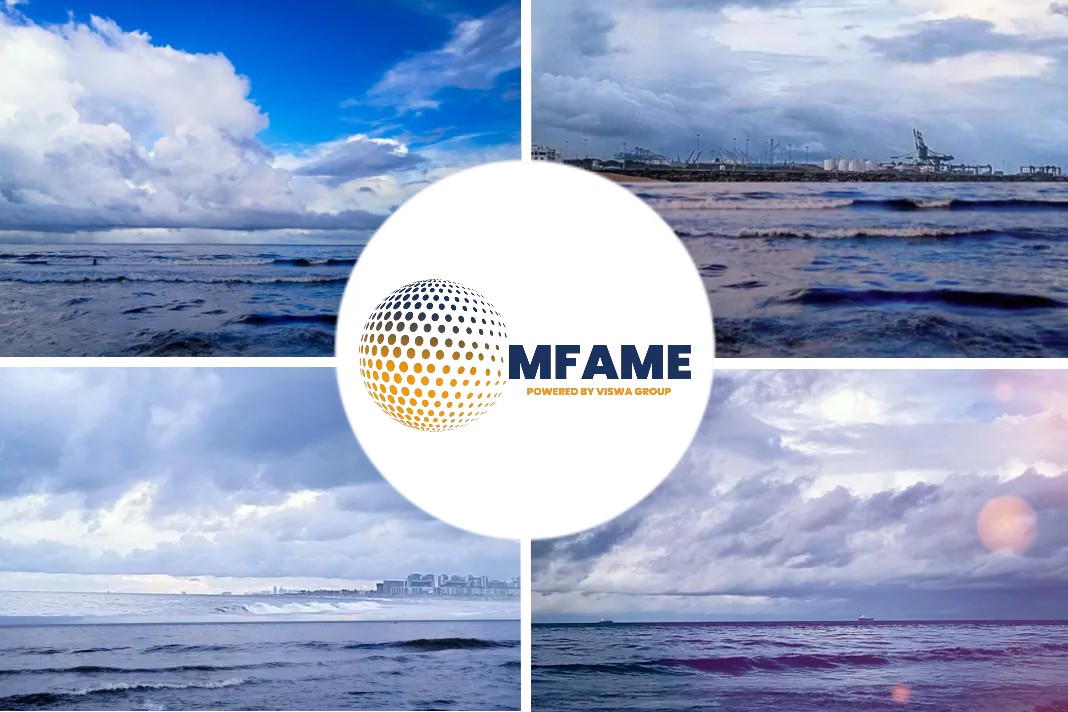
Despite a precipitous decline in freight rates, stock prices and dividends continue to rise, as reported by Trade Winds.
Recession
Despite the lingering threat of a recession and rising interest rates, liner shipping equities have so far this year shown to be extraordinarily robust.
Except for a few liner shipping businesses, all have achieved year-to-date significant rises in market capitalization.
Because of this, investors like Hapag-Lloyd, AP Moller-Maersk, Zim, and Orient Overseas Container Line (OOCL) have been able to reap substantial gains even as the sector weans itself off of its historic boom.
Dividends paid to shareholders of just those four corporations will total $31 billion.
It became evident on Wednesday when OOCL promised to distribute a $7 billion dividend to shareholders, representing a return of 70% of the profit.
Hapag-Lloyd, however, continues to be the standout performer, with a startling 70% increase in its stock value so far this year.
Increased capitalization
According to CompaniesMarketcap, the Frankfurt-listed carrier’s market capitalization increased to $56 billion from $33.3 billion at the beginning of the year.
The Hamburg-based corporation expects its $18 billion in earnings in 2022 to be used to pay out dividends of €11.1 billion ($11.8 billion).
Israeli operator Zim has experienced yet another extraordinary increase in value, with its capitalization rising by almost 40% to $2.87 billion this year.
The New York-listed operator expects to distribute more than $2 billion in dividends after generating a $4.63 billion net profit in 2022.
After reporting an operating profit of $30.8 billion, a record, for 2022, bellwether operator Maersk plans to return $10.9 billion to shareholders. This year, its capitalization increased by 3% to $41.5 billion.
The valuation of liners has increased overall this year, with Cosco Shipping of China rising 15.7% to $25.75 billion and its affiliated business OOCL rising 7.6% to $12.86 billion.
Worst is over?
The increase in value occurs despite a 90% decline in goods earnings at this time last year.
As a result, stockpiles are now much below the peak they reached a year ago due to the outbreak. For instance, the market capitalization of Hapag-Lloyd is about $25 billion less than its peak of $81 billion on May 21, 2022.
Overall, though, it seems that the minor uptick in the macroeconomic outlook has affected liner stock prices.
Following growth of 11.4% in the fourth quarter of 2022, the Drewry Container Equity Index increased by 15% in the year ending on 8 March.
Idan Ofer (right), a shareholder in Zim, has earned a respectable return on his investment. seen with Batya Ofer (left) and Eli Glickman, the CEO of Zim (centre). Picture: Sivan Farag/Zim Studio
According to Drewry Maritime Financial Research, “market participants have already factored in the near-term deterioration and the worst is behind us.”
The capitalization of the three Japanese Ocean Network Express shareholders—NYK, Mitsui OSK Lines, and K Line—has increased by about 9%, while that of South Korean HMM has increased by 6%.
Questions have been raised regarding the very minimal taxes these airline titans pay in light of their enormous revenues and rewards.
Since the tonnage tax regulations of the European Union are based on fleet capacity rather than profits, some liners have reduced their tax rate to a negligible portion of profits.
Compared to 10% in 2019, Hapag-tax Lloyd’s payments were only 1% of its pre-tax earnings, according to the Financial Times.
Throughout the same time period, Maersk’s effective tax rate decreased from 49% to 3%.
Little is known about the taxes the MSC Mediterranean Shipping Company family paid, but they and the owners of CMA CGM in France do not appear to have fared too poorly.
According to CEOWorldMagazine, Gianluigi Aponte of MSC is the wealthiest person in Switzerland with a net worth of $31.2 billion, while Rodolphe Saade of CMA CGM is listed as the seventh richest billionaire in France with an estimated net worth of $9.8 billion.
Warning signs
Since Wan Hai Lines recorded the first loss by a liner operator in the post-pandemic era, there are indications that the era of massive payouts may be coming to an end.
The Taiwanese carrier reported a 2022 net profit of TWD 93 billion ($3 billion), down 10% from 2021.
Alphaliner reports that full-year earnings for the intra-Asia specialist fell below those for the first nine months of the year, which predicts a loss for the fourth quarter.
Wan Hai’s market capitalization has been hurt the worst of any liner operator this year, falling 12% to $6.4 billion.
Yang Ming Marine Transport and Evergreen Marine, two compatriots, have both experienced a little decline in the market value of 0.5% so far in 2023, bringing them to $7.4 billion and $11.1 billion, respectively.
The Taiwanese airlines still intend to award combined dividends of more than $7.5 billion notwithstanding this.
Wan Hai is proposing to pay a dividend of TWD 14 billion ($459 million), while Evergreen would pay shareholders TWD 148 billion ($4.8 billion) after reporting a record annual net profit of TWD 334 billion ($10.9 billion) for 2022.
Yang Ming, a fellow countryman’s carrier, anticipates paying a TWD 70 billion ($2.3 billion) dividend after making a TWD 180.6 billion ($6 billion) profit.
Did you subscribe to our newsletter?
It’s free! Click here to subscribe!
Source: Trade Winds















